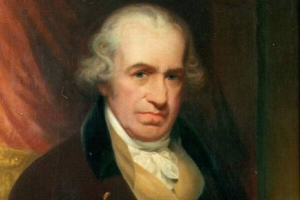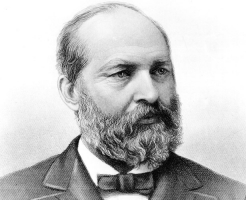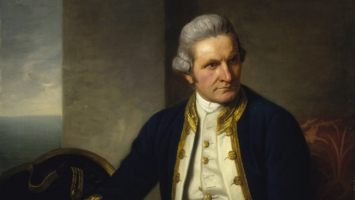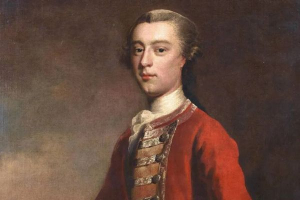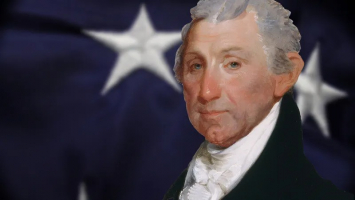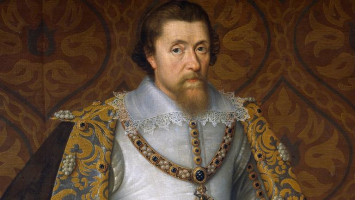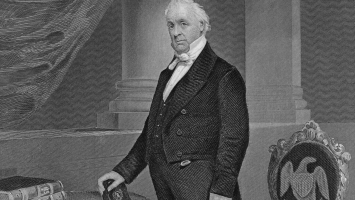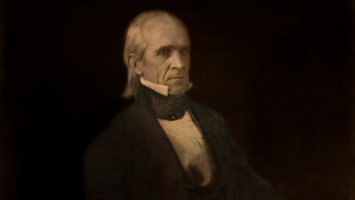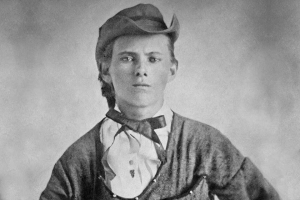Top 9 Interesting Facts About James Clerk Maxwell
James Clerk Maxwell was a Scottish physicist who is best known for developing the theory of electromagnetism, or the theory that electricity arises from ... read more...changes in a magnetic field. Maxwell is considered the 19th century scientist who had the greatest influence on the study of physics in the 20th century, and is ranked on a par with the likes of Sir Isaac Newton and Albert Einstein. There are many interesting facts about James Clerk Maxwell that you may not know. The following article of Toplist will provide you with more information.
-
One of the interesting facts about James Clerk Maxwell is that he paved the way for important theories in physics. Maxwell demonstrated through a number of experiments that electromagnetic radiation, which includes radio waves, microwaves, and the like, includes visible light as one of its many types. An intriguing fact about James Clerk Maxwell is that this discovery opened the door for significant advancements in physics including quantum mechanics and Einstein's theory of relativity.
He contributed to the creation of the Maxwell-Boltzmann distribution, which uses statistics to illustrate some concepts in the kinetic theory of gases. Additionally, he is renowned for developing the first long-lasting color image in 1861 and for his groundbreaking investigation of the rigidity of rod and joint (truss) frames, which are common in bridges.
His discoveries laid the foundation for disciplines like special relativity and quantum mechanics, which helped usher in the modern era of physics. The majority of scientists believe that Maxwell was the 19th-century scientist who had the greatest impact on 20th-century physics. Many people believe that his contributions to science are on par with those of Albert Einstein and Isaac Newton. Maxwell came in third place behind Newton and Einstein as the best physicist of all time in the millennium poll, which surveyed the top 100 physicists. Maxwell's work was hailed by Einstein as "the deepest and most fruitful that physics has experienced since Newton" on the occasion of his birth's 100th anniversary.
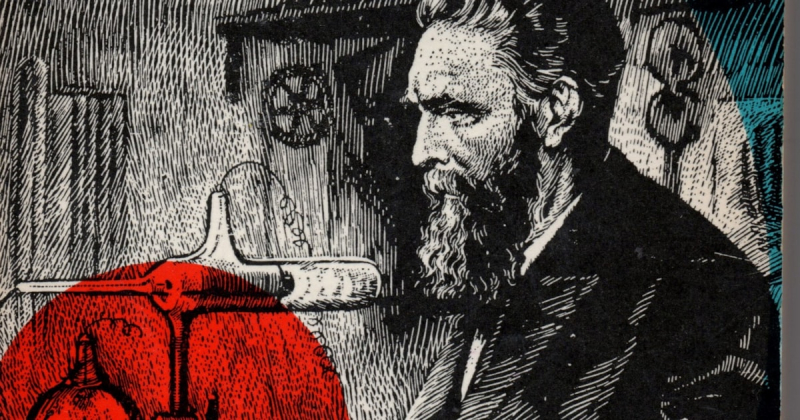
James Clerk Maxwell experiments on radio waves - Photo: https://azure.wgp-cdn.co.uk/ 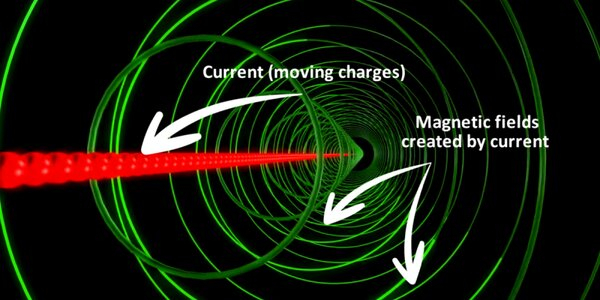
Diagram of electromagnetic radiation invented by James Clerk Maxwell - Photo: https://hackaday.com/ -
When James Maxwell's mother was 40 years old, she gave birth to him in a prosperous middle-class household. His father practices law. Their surname was originally Clerk, but after inheriting the Maxwell estate, the last name Maxwell was added. Prior to that, they had a daughter named Elizabeth who passed away at a young age.
Early brilliant displays by Maxwell amazed his parents. His mother chose to become his teacher because she recognized his ability. Teaching was a highly esteemed career for women in the Victorian era. Maxwell was able to memorize lengthy paragraphs even the entirety of Psalm 119 by the time he was eight years old. Sadly, his mother was found to have stomach cancer and underwent a fruitless operation. When Maxwell was eight years old, she passed away in 1839.
Then, his father and his father's sister-in-law Jane, who were both significant figures in his life, oversaw his schooling. His formal schooling was started ineffectively with the help of a 16-year-old hired tutor. The young man who was recruited to lead Maxwell is unknown, save for the fact that he was tough with the youngster and called him slow and wayward. In November 1841, the tutor was sacked. On February 12, 1842, James' father took him to see Robert Davidson do a demonstration of electric and magnetic repulsions. James found little significance in the event.
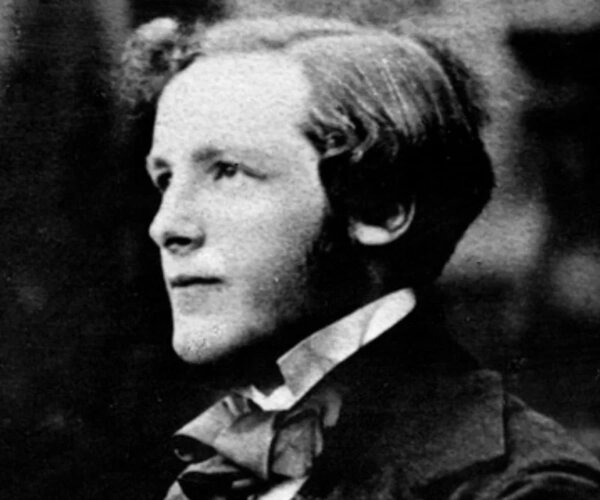
Photo: https://www.thefamouspeople.com/ 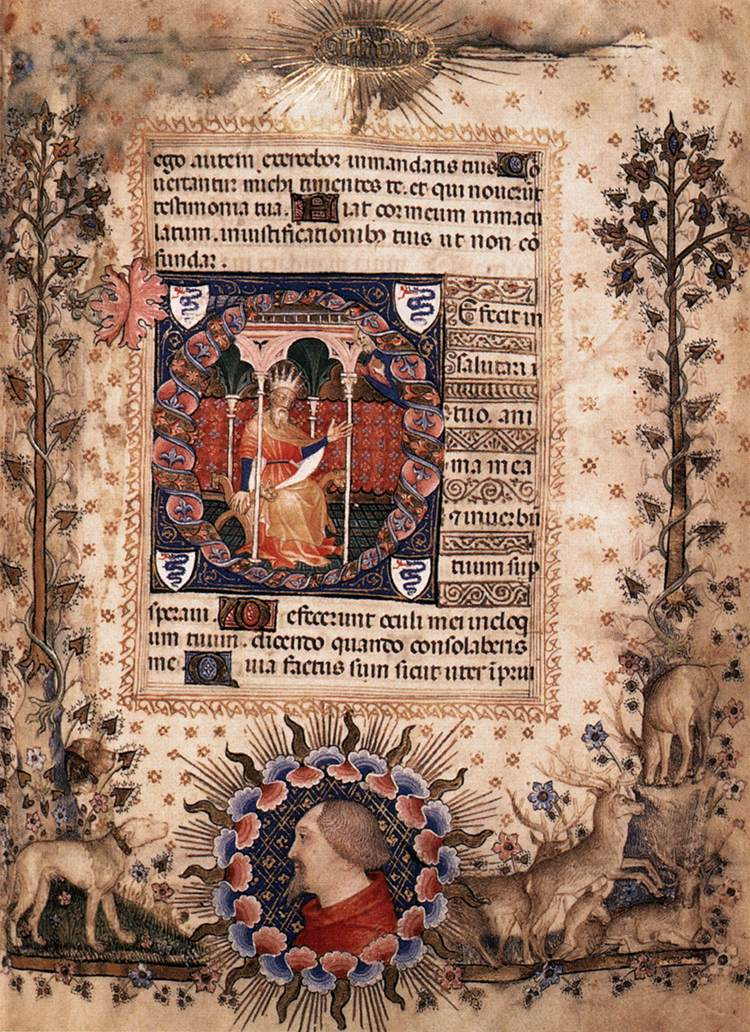
James Clerk Maxwell memorized Psalm 119 - Photo: https://en.wikipedia.org/ -
One of the interesting facts about James Clerk Maxwell is that he published his first scientific paper at the age of 14. Maxwell didn't give much thought to his grades or exam performance while he was a student. For him, learning is everything. His sheet of paper is a series of oval curves that can be marked with a pin and thread, demonstrating his love of all things geometry, related to shape and form.
Maxwell's interests went way beyond the curriculum, therefore he doesn't pay much attention to how well he does on exams. At the age of 14, he penned his first scientific paper. In it, he discussed linked curves with more than two foci, the properties of the Cartesian ellipse and oval, and a mechanical method of sketching mathematical curves with a piece of rope. Maxwell was thought to be too young to deliver the work on his own, therefore James Forbes, a professor of natural philosophy at the University of Edinburgh, presented the 1846 paper, "On the Description of Oval Curves and Lines with Many Lures," to the Royal Society of Edinburgh. Although René Descartes had studied the features of these multifocal ellipses in the 17th century, Maxwell's study was more straightforward in its design.
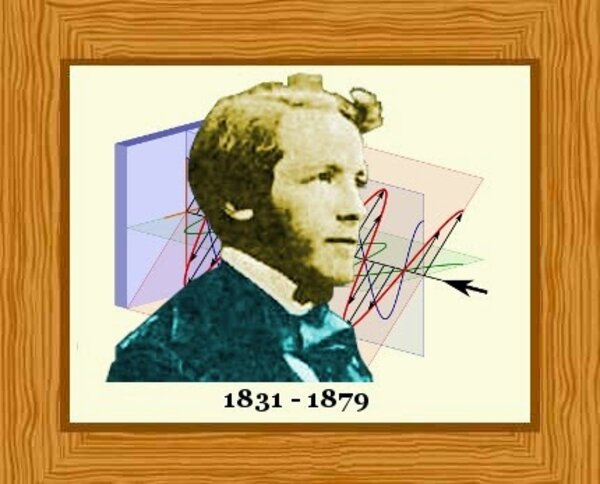
Photo: https://1.bp.blogspot.com/ 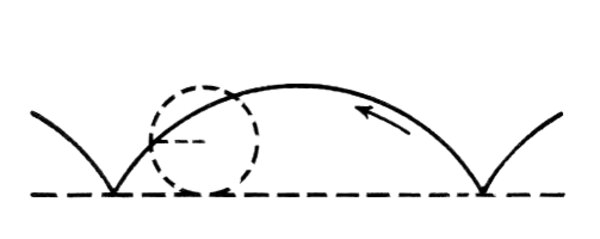
The mechanical method of sketching a mathematical curve with a rope. - Photo: https://gbenthien.net/ -
One of the interesting facts about James Clerk Maxwell is that he is better at geometry than straight math. Furthermore, Maxwell's performance demonstrates a liking for forms. He approaches almost everything with a geometric pattern in mind. Working with shapes appeals to him more than deciphering mathematical equations. Maxwell really offered a number of mathematically incorrect formulations. He excels at math involving forms and objects, though. Maxwell was described as one of the most outstanding persons he had ever encountered by a highly regarded mathematics professor, and it seemed like Maxwell could not be incorrect about anything in physics.
Maxwell developed an early fascination with geometry, first rediscovering regular hexagons before he received any formal instruction. Reciting lengthy passages, particularly from the bible, is one of his other passions. Maxwell received a number of honors during his second year of college. His academic achievements were noted when he was 13 years old. He got the school's math medal as well as the first place awards in both poetry and English. Maxwell was fascinated by geometry and considered using a geometric model to solve issues. Maxwell likes to solve mathematical equations using forms.
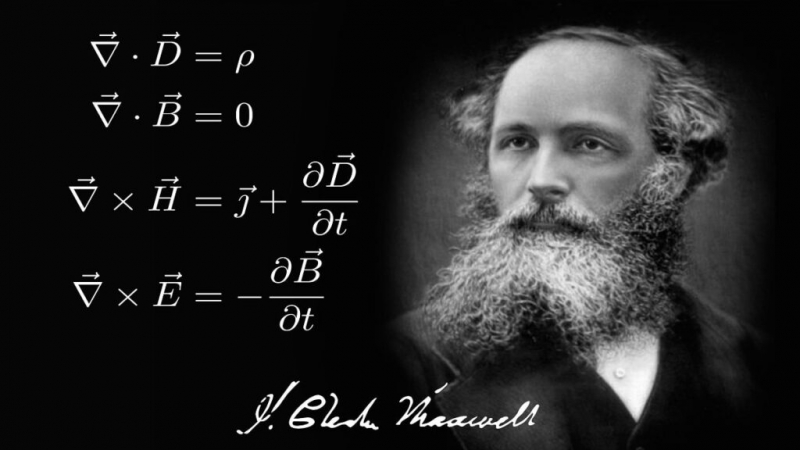
Photo: https://ungo.com.tr/ 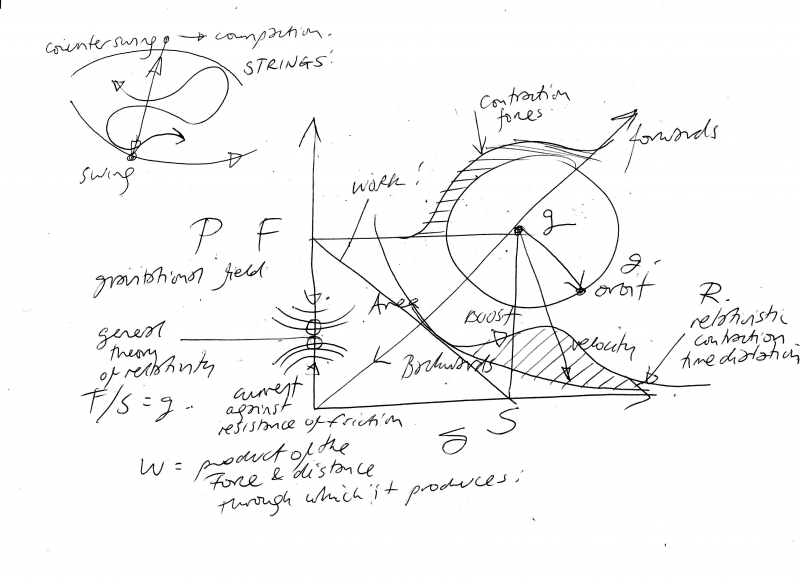
Photo: https://cdn.wallpapersafari.com/ -
Maxwell received a scholarship or the option to continue his education while working after finishing school. He declined, nevertheless, since Maxwell wanted to visit his father in Scotland and his father's health was getting worse. Maxwell was selected to teach natural philosophy at Marischal University in 1856, but his father passed away before he could start his new position. Since he and his father had a close relationship, the loss was profound, and Maxwell wept for some time.
Life continued, nevertheless, and Maxwell eventually accepted the position of professor. However, the institution already had a professor of natural philosophy on staff not long after Marischal College and King's College joined. The fact that James Clerk Maxwell was expelled from the home is an interesting truth about him, possibly being kicked out of the house has changed his life. At Edinburgh College, he applied for an open position, but another person was hired instead.
When Maxwell was appointed professor of natural philosophy at King's College London, his fortunes finally started to change. He was most successful over those five years of his life. Two of his renowned articles on electromagnetic fields were published by him. He also demonstrated the use of red, blue, and green filters in color photography. He developed an electrical unit standard after researching the thickness and velocity of gases.
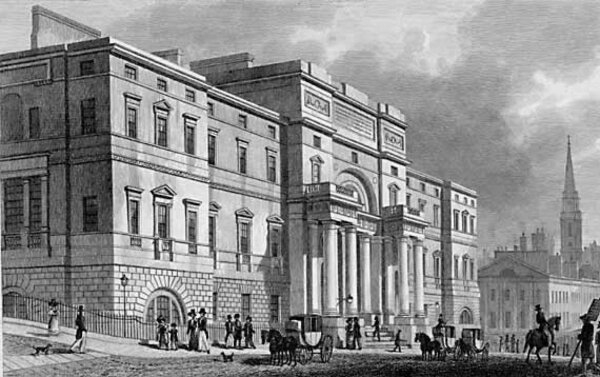
Photo: http://www.edinphoto.org.uk/ 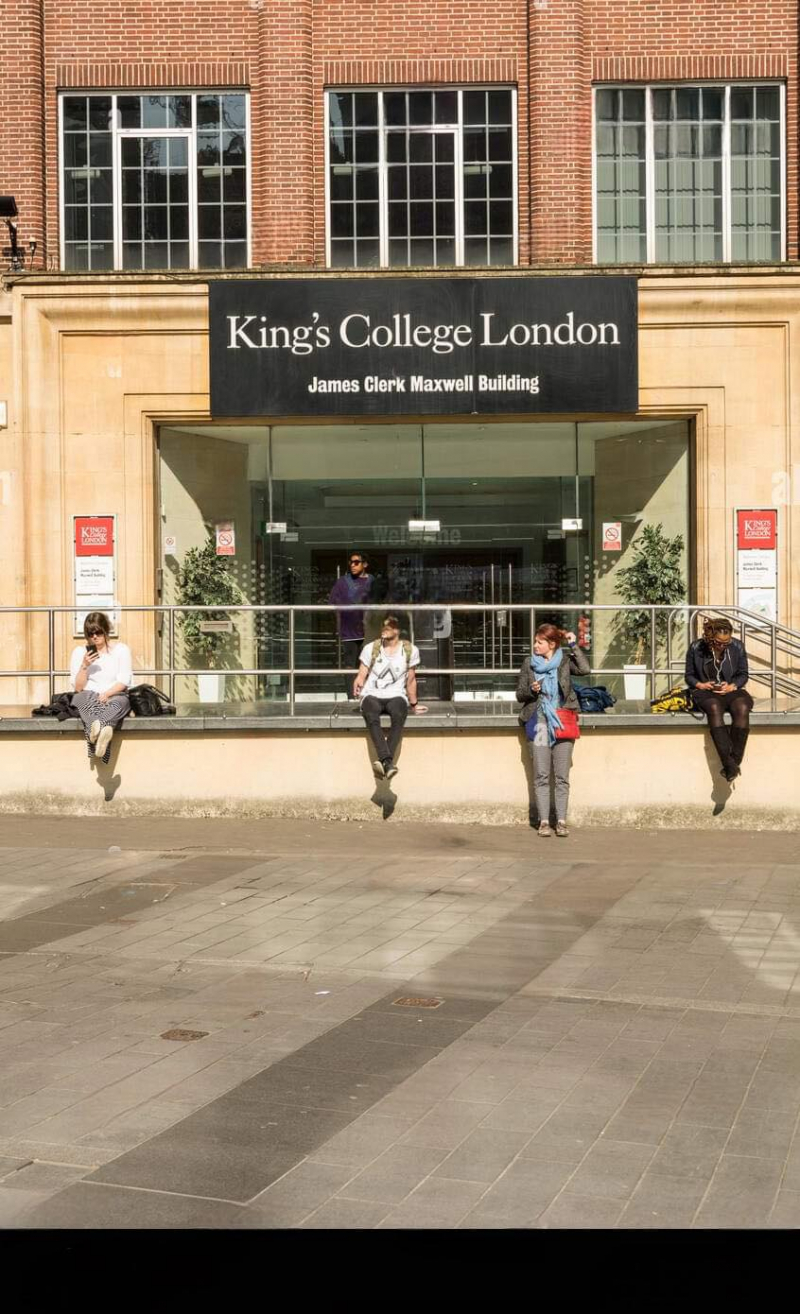
Photo: https://c8.alamy.com/ -
Many theorists were unable to demonstrate their hypotheses in experiments during their lifetimes, but Maxwell's measurements of the electric power generated by magnetic fields proved his theory values obtained from a displacement current when a magnetic field is activated at the same speed as light. He had to conclude that electromagnetic fields and other such phenomena make up light.
One of his passions, which he first developed while a student at Forbes at the University of Edinburgh, was the nature and perception of color. Maxwell was able to show that white light is a combination of red, green, and blue light using the color gyroscopes created by Forbes. In March 1855, he delivered his article "Color Experiments," which outlined the fundamentals of color matching, to the Royal Society of Edinburgh. Maxwell was successful in coming up with it on his own this time.
Maxwell was given the unusual task of preparing lectures on hydrostatics and optics as well as setting up tests when he was appointed a Trinity fellow on October 10th, 1855. Forbes persuaded him to apply to the recently vacant Chair of the Department of Natural Philosophy at Marischal University, Aberdeen in February of the following year. While helping him to get the required references, his father passed away on 2 April in Glenlair before learning the result of Maxwell's candidacy. He left Cambridge in November 1856 and accepted a position as a professor at Aberdeen.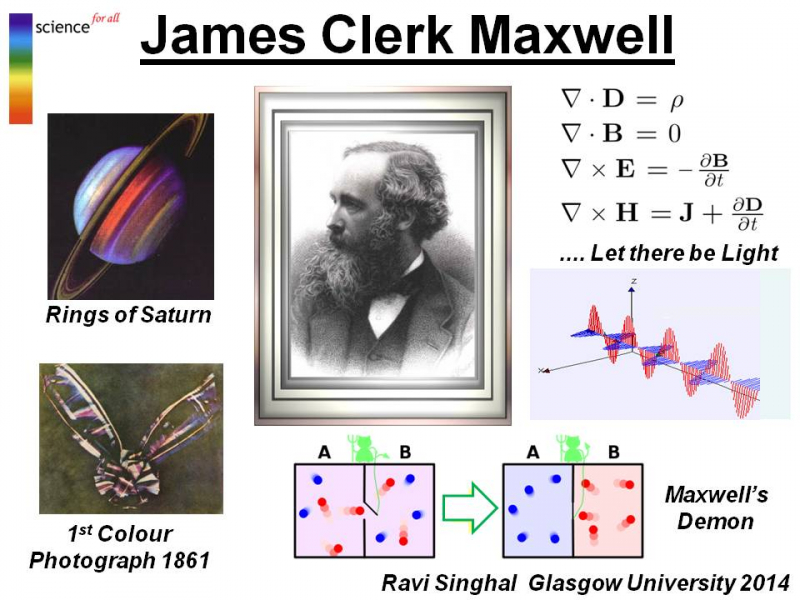
Photo: https://2.bp.blogspot.com/ 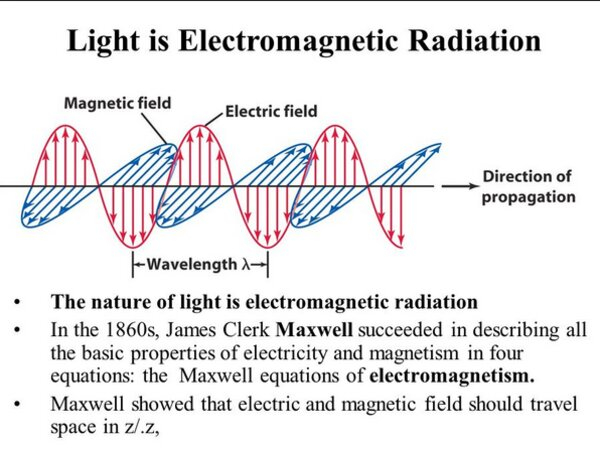
Photo: Photo: https://cdn.wallpapersafari.com -
Maxwell is the youngest lecturer at Marischal by 15 years at 25 years old. As the department chair, he poured himself into his new duties, creating the syllabus and organizing the lectures. He agreed to devote 15 hours a week to service, which would include a professional talk to the neighborhood working men's college. During the school year, he spent six months in Aberdeen with his Scottish civil engineer cousin William Dyce Cay and spent his summers in Glenlair, which he inherited from his father.
He concentrated on "the nature of Saturn's rings," a conundrum that had baffled astronomers for 200 years. How they managed to remain stable and avoid breaking, drifting, or colliding with Saturn remains a mystery. Because St John's College in Cambridge selected it as the subject of the 1857 Adams Prize, the problem was particularly relevant at the time. Maxwell worked on this issue for two years, proving that a liquid ring would be pushed to disintegrate into blobs by wave action whereas a regular solid ring could not remain stable. Since neither was seen, he came to the conclusion that the rings must be made up of numerous tiny particles, which he termed "brickbats," each of which orbits Saturn on its own. Maxwell is the only competitor who has advanced far enough to submit an entry; he received the £130 Adams Prize in 1859 for his thesis, "On the Stability of Motion of Saturn's Rings." When George Biddell Airy studied his work, he said, "It is one of the most extraordinary applications of mathematics to physics that I have ever seen." This is a result of how thorough and persuasive his work is.
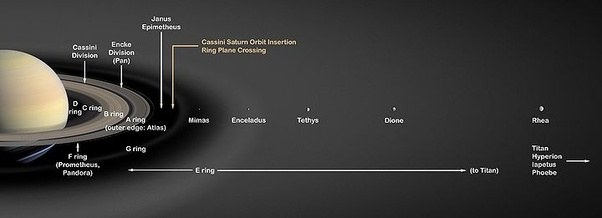
Photo: https://qph.fs.quoracdn.net/ 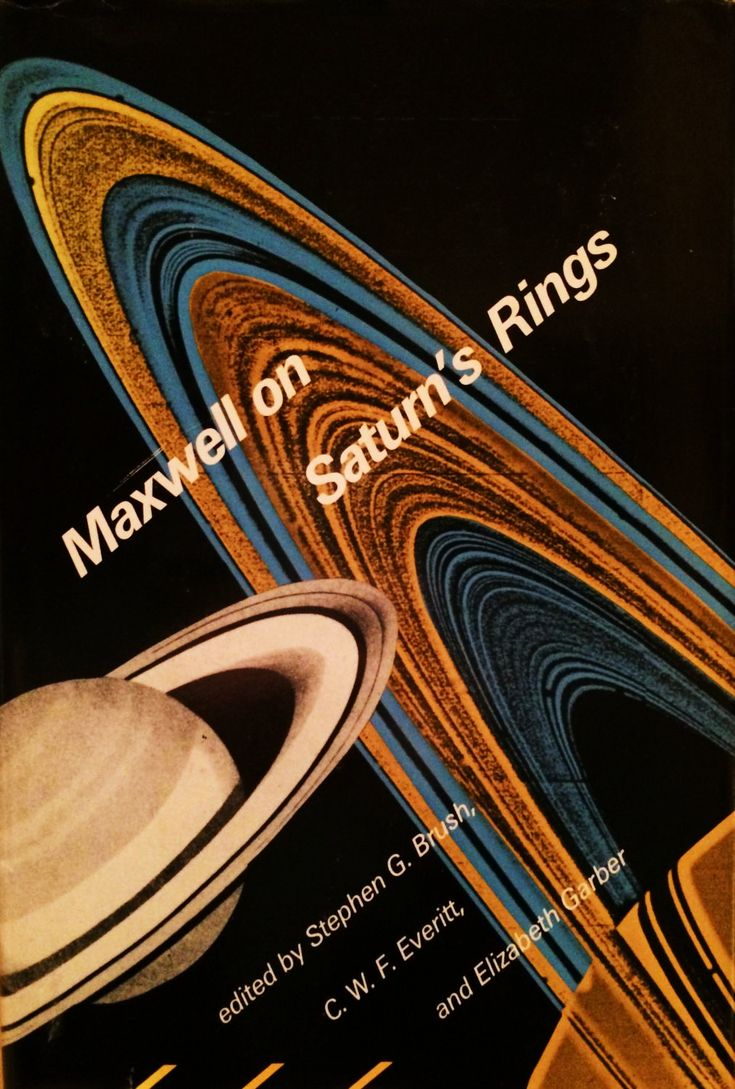
Photo: https://i.pinimg.com/ -
One of the interesting facts about James Clerk Maxwell is that he was married to Katherine, who was seven years older than him. Maxwell became friends with Pastor Daniel Dewar, the Marischal Rector at the time, in 1857. Maxwell got to know Katherine Mary Dewar, Dewar's daughter, through him. They got engaged in February 1858, and on June 2, 1858, they got married in Aberdeen. Maxwell is identified as a Professor of Natural Philosophy at Marischal College in Aberdeen in the marriage records. Maxwell and Katherine are seven years apart in age. Although it is known that she assisted in his lab and worked on viscosity tests, little is known about her. Lewis Campbell, Maxwell's friend, and biographer handled Katherine with unusual caution despite calling their marriage "one of unprecedented devotion."
The couple is described as having the sweetest feelings for each other. Although their married life is rarely public, their love is perhaps the most beautiful. They have supported each other in work, in family life from the smallest things. There are no public records showing the couple had children. But for both Maxwell and his wife, love is from the heart so having children may or may not be, it's not a matter of conflict between the two.
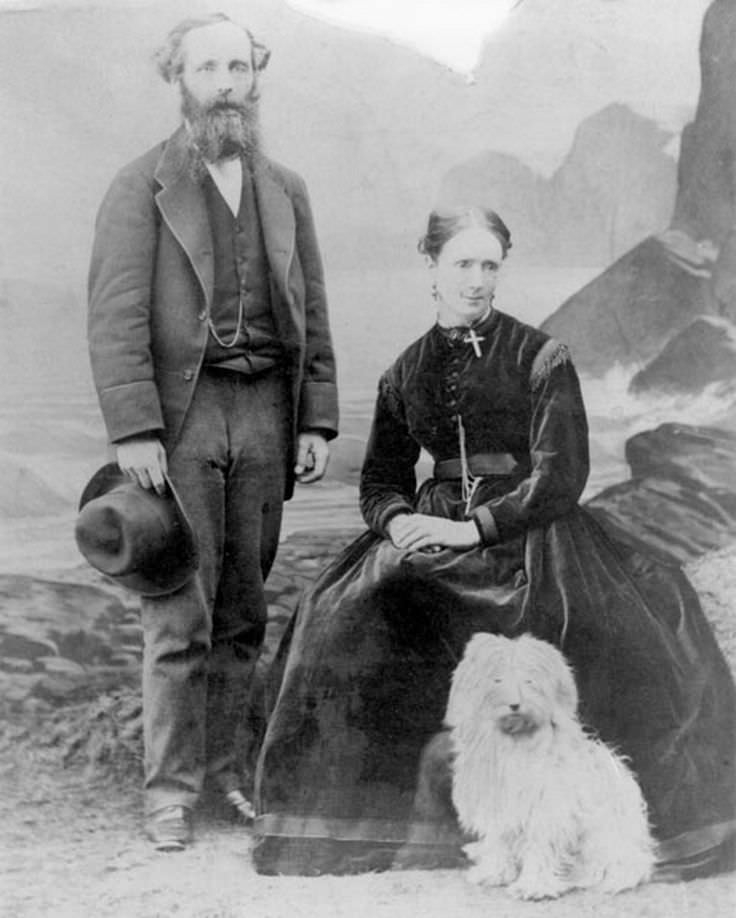
Photo: https://www.thefamousbirthdays.com/ 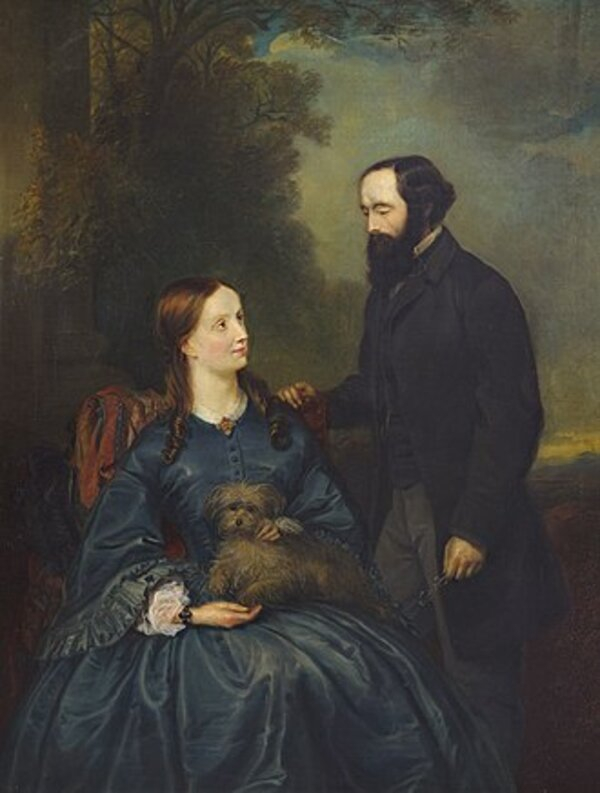
Photo: https://en.wikipedia.org/ -
Maxwell moved to Glenlair with Katherine after resigning from his position as head of King's College in London in 1865. A mathematical description of the behavior of governor devices that regulate the speed of steam engines in his paper "On Governors" (1868) laid the theoretical groundwork for control engineering. He explored the stiffness of various lattice patterns in his paper "On Figures, Frames, and Mutual Diagrams of Forces" (1870). He also authored the work Matter and Motion and the Theory Textbook of Heat (1871). In 1871, Maxwell was also the first to employ dimensional analysis openly.
He went back to Cambridge in 1871 and was appointed the first Cavendish Professor of Physics. Maxwell was given the responsibility of managing the construction of the Cavendish Laboratory and the acquisition of the equipment collection. Editing Henry Cavendish's research with several original notes was one of Maxwell's greatest contributions to science. From this work, it is likely that Cavendish researched, among other things, issues like the density of the Earth and the composition of water. In 1876, he was chosen to become a member of the American Philosophical Society.
After performing significant work for five years, Maxwell retired to the family's estate. However, Maxwell still has science to do even in his retirement. He spent a significant portion of his retirement working on a thorough study on electromagnetic. He used gas for other tasks as well. Every summer, he would travel to London to assist with the Cambridge exams and perhaps take a trip to Italy.
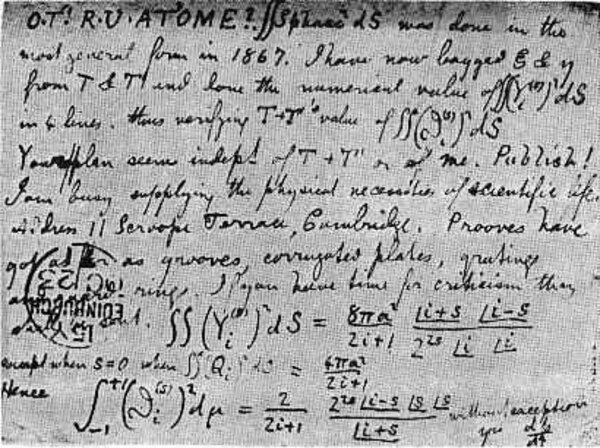
Photo: https://famguardian.org/ 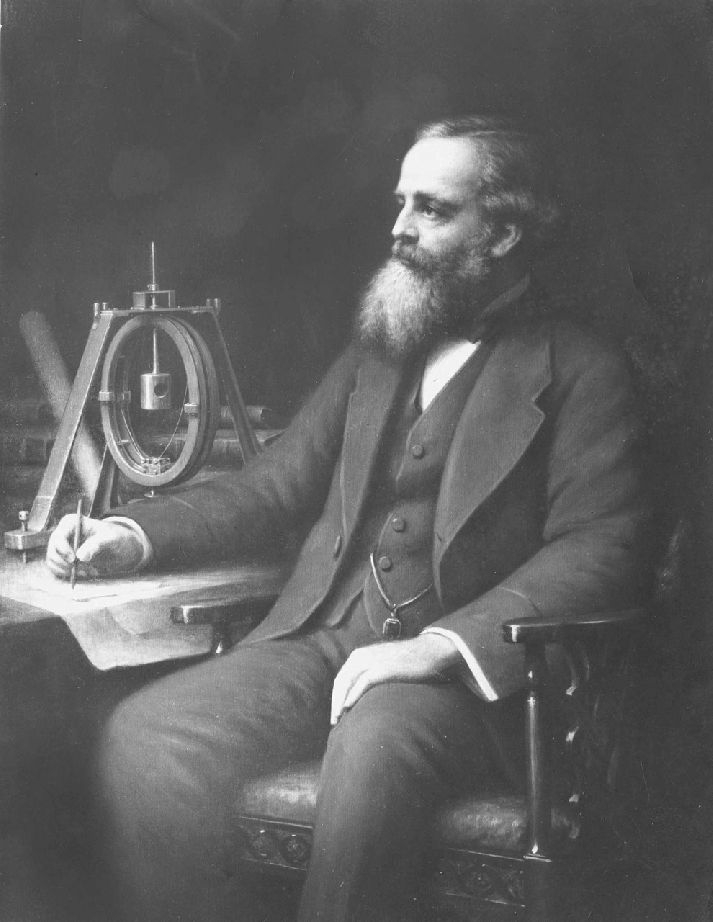
Photo: https://i.pinimg.com/











